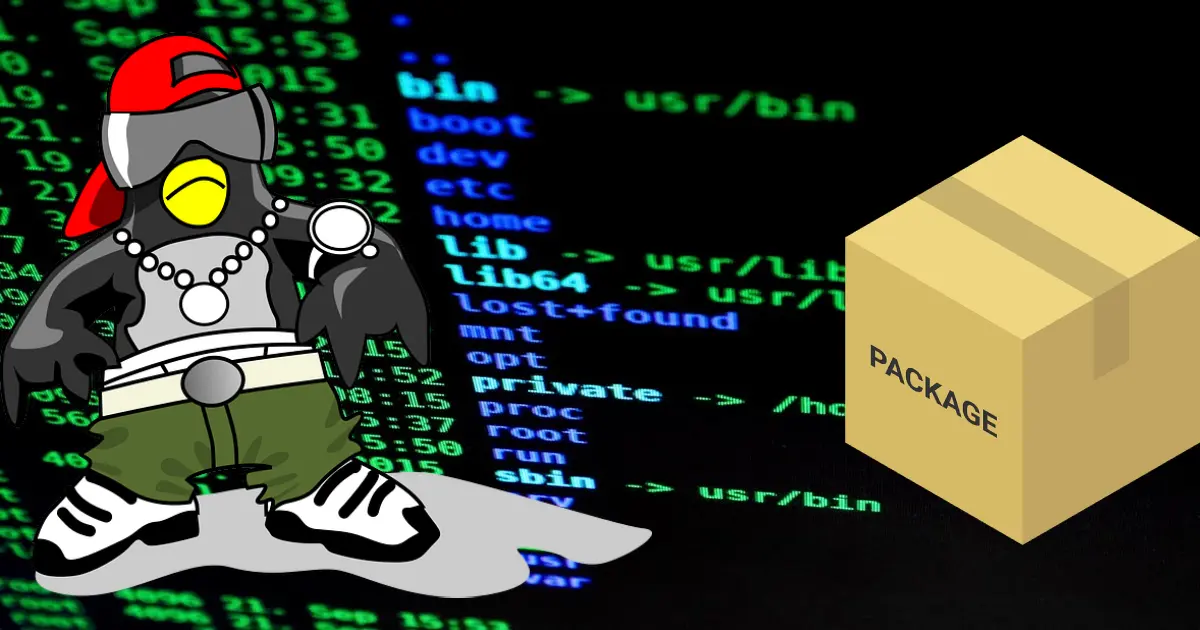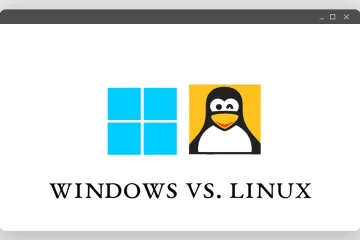Package management is a critical aspect of maintaining a Linux system, enabling users to install, update, and remove software efficiently. Different Linux distributions use different package management systems, each with its own strengths and use cases. In this blog post, we will explore three popular package management systems: apt, yum, and snap. We will compare their features, advantages, and typical use cases to help you understand which tool is best suited for your needs.
What is a Package Management System?
A package management system is a collection of software tools that automates the process of installing, upgrading, configuring, and removing software packages from a computer’s operating system. It handles the retrieval, installation, and management of software packages, ensuring that dependencies are resolved and system stability is maintained.
Overview of apt, yum, and snap
1. apt (Advanced Package Tool)
- Distributions: Debian-based distributions (e.g., Ubuntu, Debian, Linux Mint).
- Package Format:
.deb(Debian package).
The apt (Advanced Package Tool) is a command-line package management system used by Debian-based Linux distributions. It simplifies the process of managing software packages, ensuring that all dependencies are automatically resolved and installed.
Key Features:
- Dependency Management: Automatically resolves and installs package dependencies.
- Repository Management: Allows users to add, remove, and manage software repositories.
- Easy to Use: Provides a simple and intuitive command-line interface.
- Extensive Documentation: Well-documented and widely supported by the community.
Common Commands:
- Update Package List:
sudo apt update - Install a Package:
sudo apt install <package_name> - Upgrade All Packages:
sudo apt upgrade - Remove a Package:
sudo apt remove <package_name> - Search for a Package:
apt search <package_name>
2. yum (Yellowdog Updater, Modified)
- Distributions: Red Hat-based distributions (e.g., Fedora, CentOS, RHEL).
- Package Format:
.rpm(Red Hat Package Manager).
The yum (Yellowdog Updater, Modified) is a command-line package management system used by Red Hat-based Linux distributions. It is designed to manage packages in .rpm format, automating the process of installing, updating, and removing software packages.
Key Features:
- Dependency Management: Automatically handles package dependencies.
- Repository Management: Supports adding and managing multiple software repositories.
- Transaction History: Keeps a history of package installations, updates, and removals.
- Extensibility: Supports plugins for additional functionality.
Common Commands:
- Update Package List:
sudo yum check-update - Install a Package:
sudo yum install <package_name> - Upgrade All Packages:
sudo yum update - Remove a Package:
sudo yum remove <package_name> - Search for a Package:
yum search <package_name>
3. snap (Snappy Package Manager)
- Distributions: Universal (works on most major Linux distributions).
- Package Format:
.snap(Snap package).
The snap package manager is developed by Canonical and provides a universal package format that works across a wide range of Linux distributions. Snaps are containerized software packages that include all dependencies, ensuring that they run consistently across different systems.
Key Features:
- Cross-Distribution Compatibility: Works on most major Linux distributions.
- Dependency Isolation: Bundles all dependencies within the package.
- Transactional Updates: Supports atomic updates and rollbacks.
- Sandboxing: Provides application isolation for security.
Common Commands:
- Update Package List:
sudo snap refresh - Install a Package:
sudo snap install <package_name> - Upgrade All Packages:
sudo snap refresh - Remove a Package:
sudo snap remove <package_name> - Search for a Package:
snap find <package_name>
Use Cases and Considerations
When to Use apt
- Debian-Based Systems: If you are using a Debian-based distribution like Ubuntu, Debian, or Linux Mint,
aptis the native package manager and should be your primary choice. - Traditional Package Management:
aptis well-suited for managing traditional package installations and system updates.
When to Use yum
- Red Hat-Based Systems: If you are using a Red Hat-based distribution like Fedora, CentOS, or RHEL,
yum(or its successordnf) is the native package manager and should be your primary choice. - Enterprise Environments:
yumis commonly used in enterprise environments where stability and transaction history are important.
When to Use snap
- Cross-Distribution Compatibility: If you need to deploy applications across multiple Linux distributions,
snapprovides a consistent and reliable solution. - Containerized Applications: For applications that benefit from containerization, dependency isolation, and sandboxing,
snapis an excellent choice. - Ease of Use: Snap packages are easy to install and manage, making them suitable for users who prefer a straightforward approach to software installation.
Conclusion
Choosing the right package management system depends on your specific needs and the Linux distribution you are using. apt is the go-to tool for Debian-based systems, providing robust dependency management and ease of use. yum serves Red Hat-based systems well, especially in enterprise environments where transaction history and stability are crucial. snap offers a universal solution for deploying containerized applications across different distributions, ensuring consistency and security.
Understanding the strengths and use cases of each package manager will help you make informed decisions and streamline your software management processes in Linux. Whether you’re a developer, system administrator, or everyday user, mastering these tools will enhance your productivity and system management capabilities.





